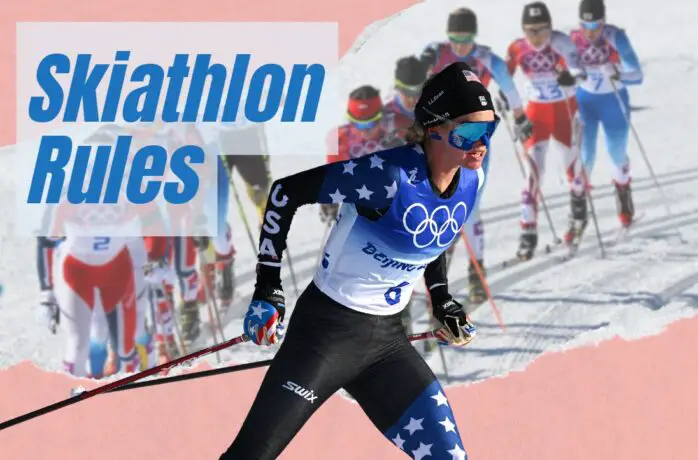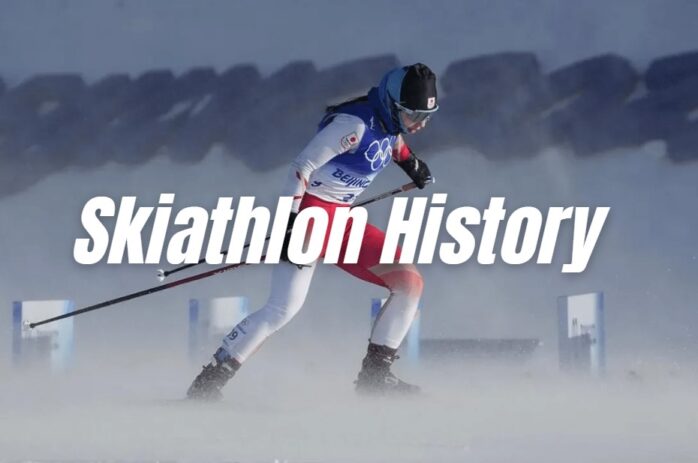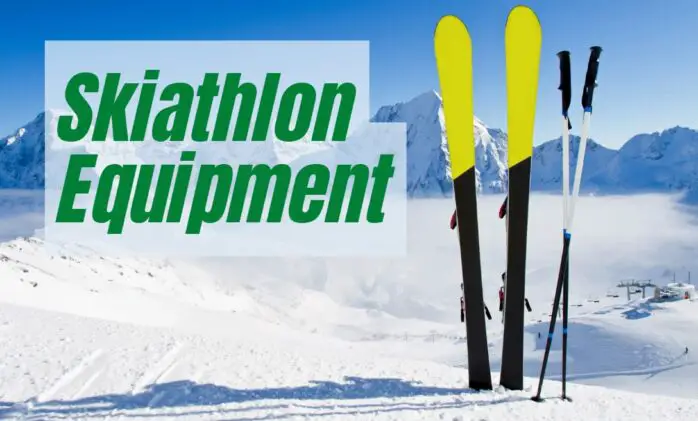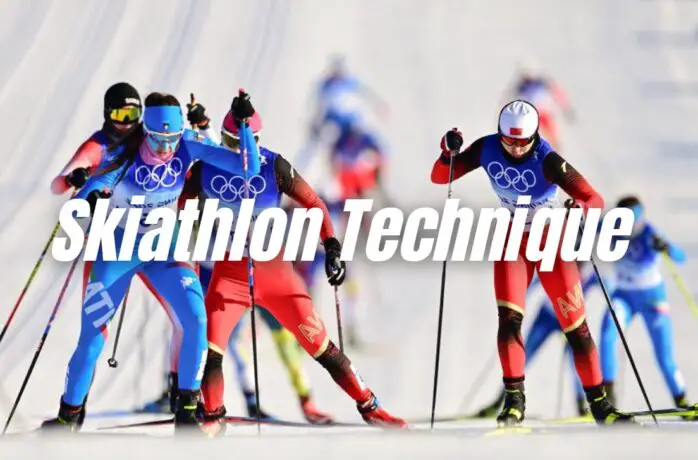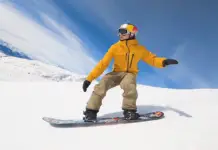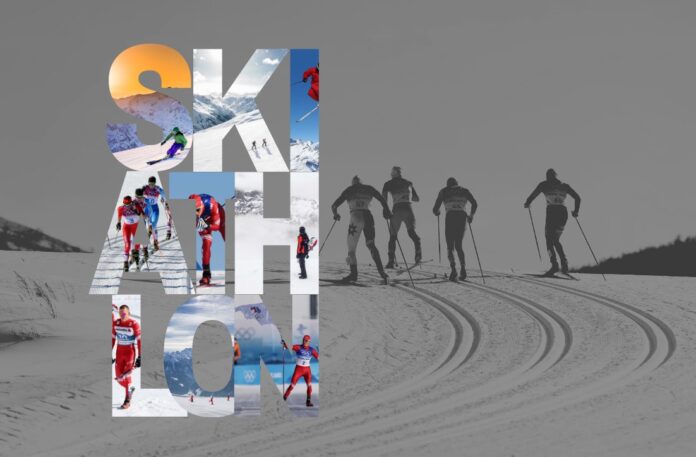
There are numerous entertaining and exciting winter sports that are very cool to partake in and watch. Various disciplines get implemented in the winter Olympics from time to time, and most of them are very fun and worth watching. Today we will talk about one particular sport that many people do not know about and answer the question – what is skiathlon?
In a nutshell, this discipline combines two types of cross-country skiing into one. It is a combination of the classic style of cross-country and freestyle or skate skiing, as it is known among some people.
It is a cool event that tests the endurance of the participants in a great manner. Of course, there is much more to it, and in this article, we are going to cover it in-depth. There is a lot to talk about, so let us start without further ado.
Skiathlon in a Nutshell
Essentially, the skiathlon is a huge cross-country race with some elements of pursuit. Years prior, it was known as the paciut and duathlon, but in 2011, the sports committee decided to name this sport skiathlon.
Rules
Like any other sport on the planet, skiathlon also has its specific set of rules. There is only one representative for each team, city, or country in one race. The competitors have the goal to overtake everyone else during the ride, and the distance on the way is divided into two equal intervals.
Once the players finish one part of the race, they change skis and continue in a different style. Skiathlon races come in four different lengths – 5, 7.5, 10, and 15 kilometers and are divided into women’s and men’s skiathlon.
The rules are the same for all types of competitions, except the women’s races are on shorter distances, but they are by no means easier. Men’s competition has two 15 kilometers laps – 3.75 kilometers each, while women’s competition is 7.5 kilometers in 2.5 kilometers circles, making it a total of 15 kilometers.
In the skiathlon, participants move on a rolled track, prepared in advance. The race is very physically demanding and requires the players to possess a lot of strength in their arms since the main emphasis is on them.
The player’s victory largely depends on his or her physical abilities as well as the frequency of the steps and the frequency of pushing the sticks on the terrain.
History of Skiathlon
Although this sport has a modern name, it is not a new sport. The pursuit ski races existed back in 1924, but they received a new format in 2003 and named paciut.
In June 2011, this sport was renamed by the decision of the FIS Council in Ljubljana, Slovenia, with the intention to easily distinguish these competitions from handicap races that were also related to the pursuit.
Nowadays, the skiathlon is a part of the Winter Olympic Games, as well as in the Scandinavian FIS World Ski Championships. The bottom line is that it is a sport with lots of potential, and it gets more and more popular across the globe with each passing year.
Classic and Freestyle Stages
Skiathlon is a discipline that consists of two stages, starting with classic cross-country style and it ends with freestyle. Both styles are very different types of cross-country skiing, and a skiathlon is an event that tests the competitor’s ability to transition from one to another and to be able to perform at a high level in both.
Classic Cross-Country Skiing
This stage consists of a technique where the player slides one ski forward while the other stays stationary. The stationary one then slides toward the other ski and remains in place.
The whole process is repeated in a gliding motion, and this part of the event usually takes place in tracks a couple of inches deep in snow.
Freestyle or Skate Style Cross-Country Skiing
This is a method in which a skier’s ski tips are at a wide angle that points away from them. The skier rocks back and forth and pushes off of each ski from side to side. It is very similar to ice skating, which is why it is often referred to as a skate style.
It is a highly effective method for climbing hills since as the hill gets steeper, the angle of the skis changes and becomes larger, which provides the racer with better traction as he progresses and goes further up the hill.
Equipment
These two different styles also use two different types of skis. For the first part of the race or classic style, racers use, aside from ski bibs or ski pants, the normal traditional cross-country skis.
Once the first part of the race is over, there is a transition area where racers change to their skate skis, which are wider and shorter, making it much easier for players to use the skating-type technique.
Technique
The races in the two stages we have mentioned are carried out in different ways by moving on skis. In the classic style, hands are the main driving force for the racer since the cross-country ski cannot be stressed and is only convenient for sliding. The racer’s skis, when running, are directed forward, and legs are more passive than hands.
The classic style is divided into different ways of walking, depending on how the skier pushes the poles and how many steps he takes in one cycle. It is a combination of alternate and simultaneous pushing, with double steps and single steps, depending on the terrain.
On the other hand, we have freestyle or skate style, and as the name implies, it gives a lot of freedom to the participants of the race. This means that the racers can choose whichever style and method they prefer, and in this case, both hands and legs are involved in skiing.
Bottom Line
Skiathlon is a fantastic cross-country ski event that combines the two main styles of cross-country skiing. It is a very exciting discipline that can be very demanding and push the racers to their limits, which makes it that much more attractive to watch and participate in.
This discipline provides both mental and physical challenges to all competitors due to the race’s length and the fact that they have to change their technique and equipment mid-way. It is certainly a treat for everyone that enjoys winter sports, and if you have not had a chance to catch up with some of these races, we strongly recommend you do.

